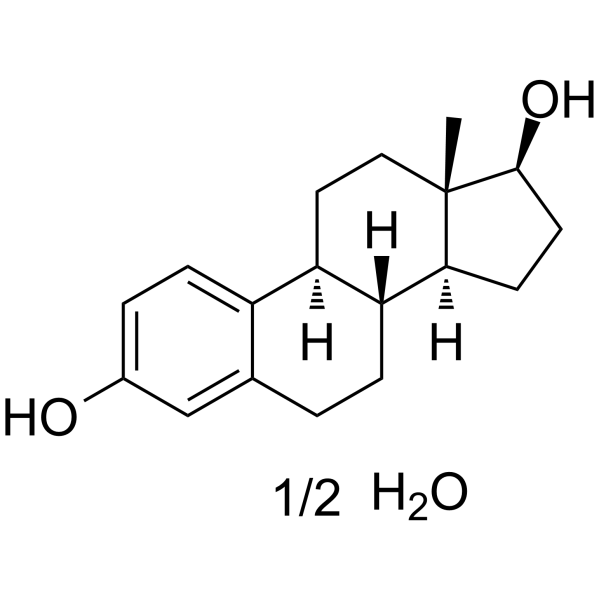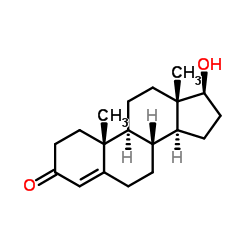| 结构式 | 名称/CAS号 | 全部文献 |
|---|---|---|
 |
雌二醇
CAS:50-28-2 |
|
 |
2(5H)-呋喃酮
CAS:497-23-4 |
|
 |
γ-丁内酯
CAS:96-48-0 |
|
 |
beta-雌二醇半水合物
CAS:35380-71-3 |
|
 |
乙酰胆碱酯酶 来源于苍蝇头部
CAS:9000-81-1 |
|
 |
睾酮
CAS:58-22-0 |